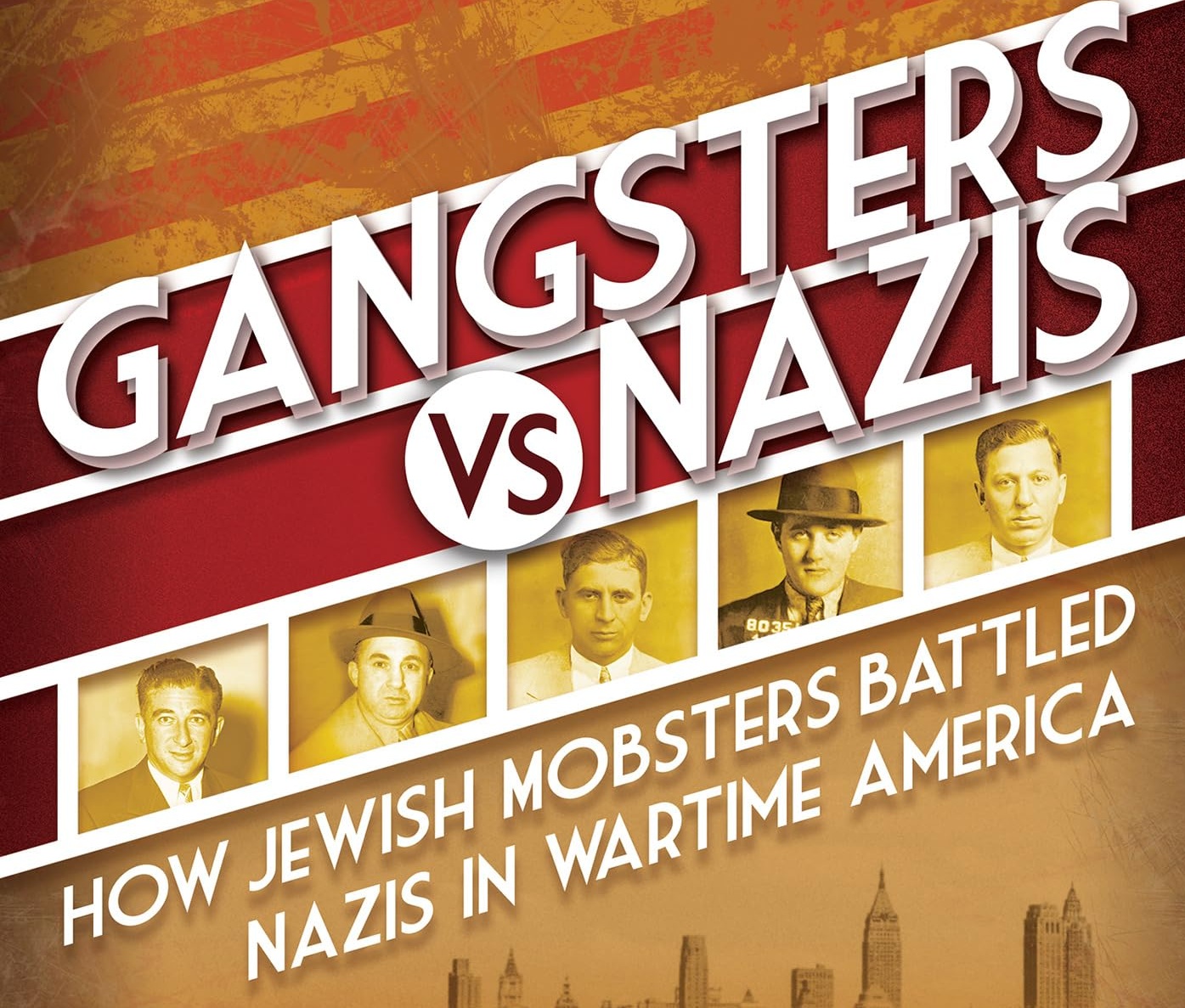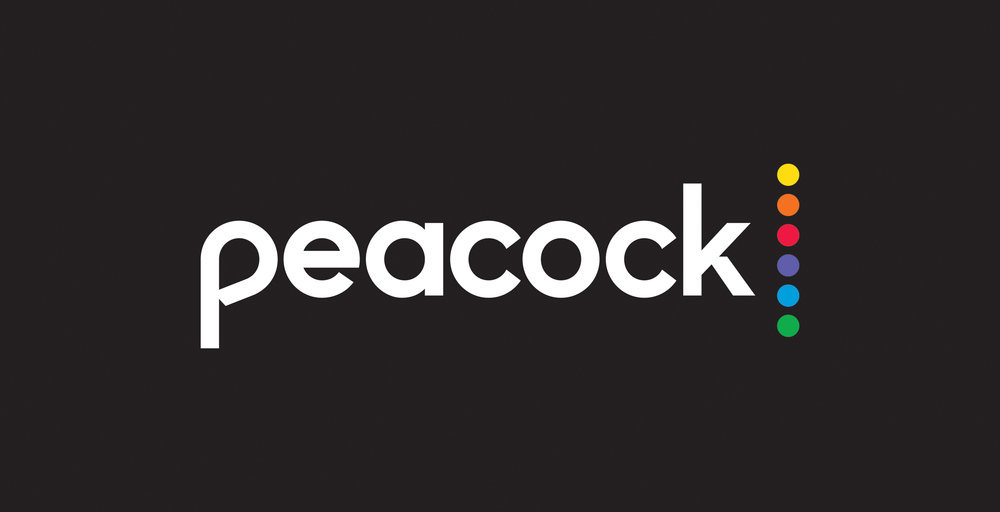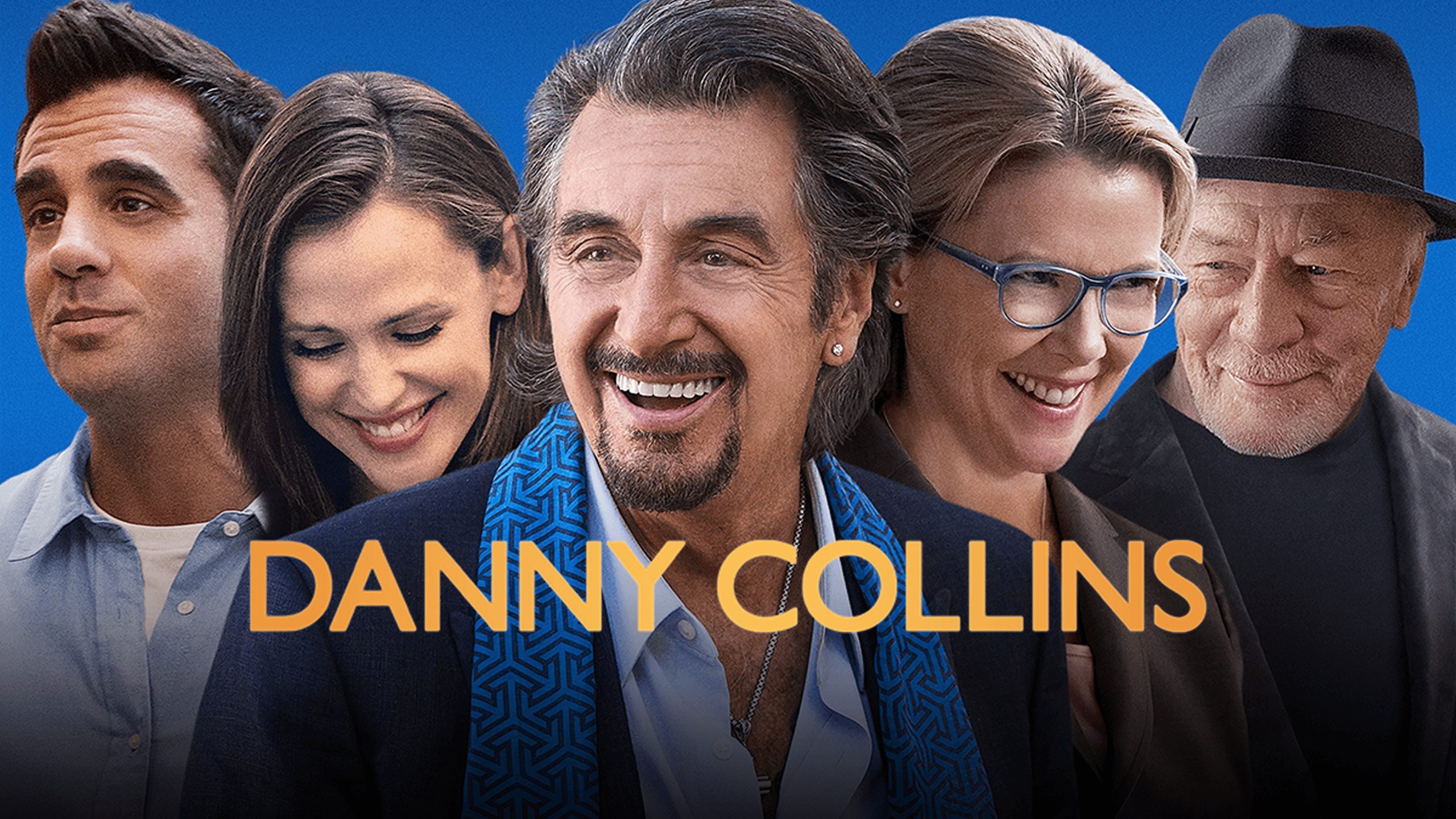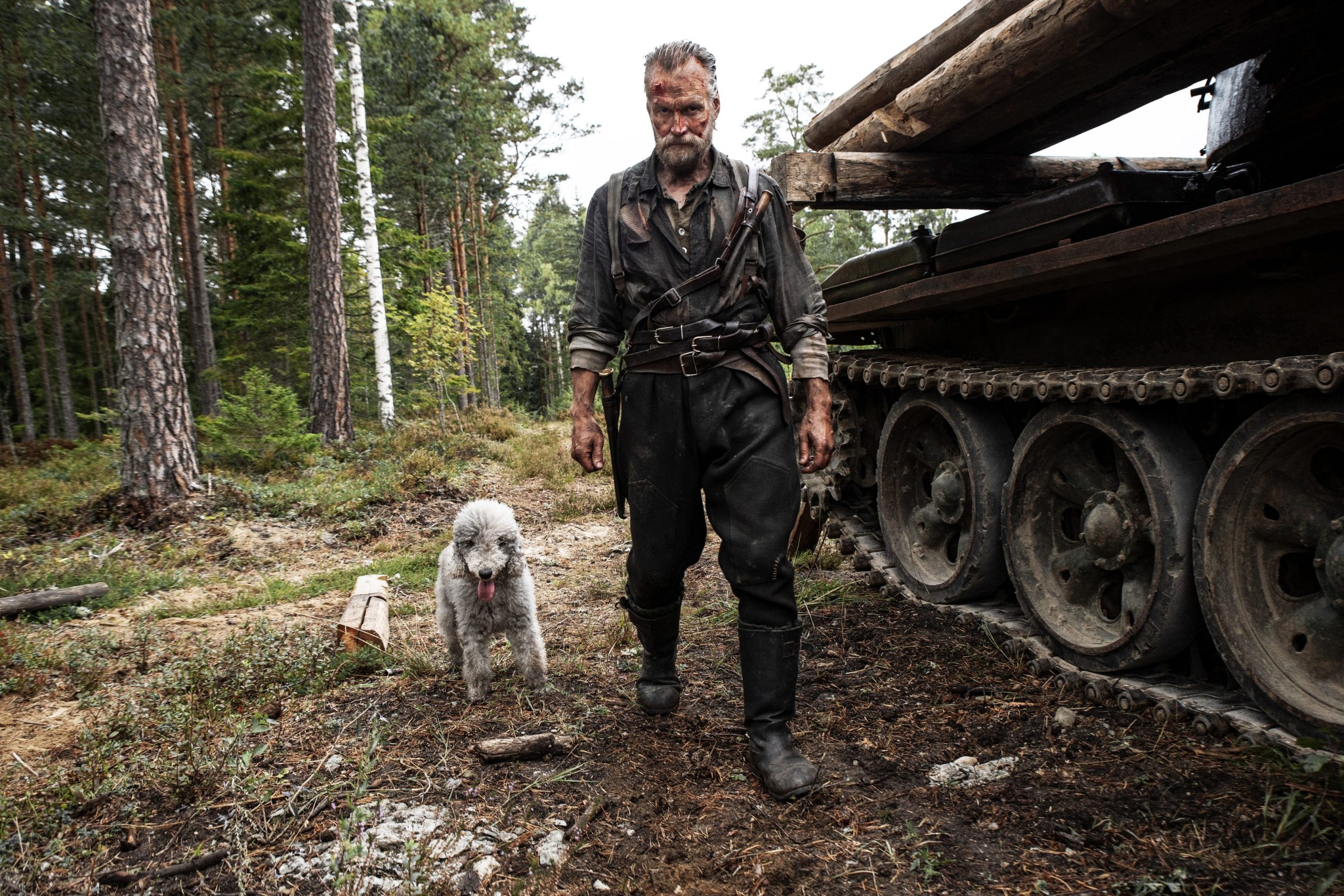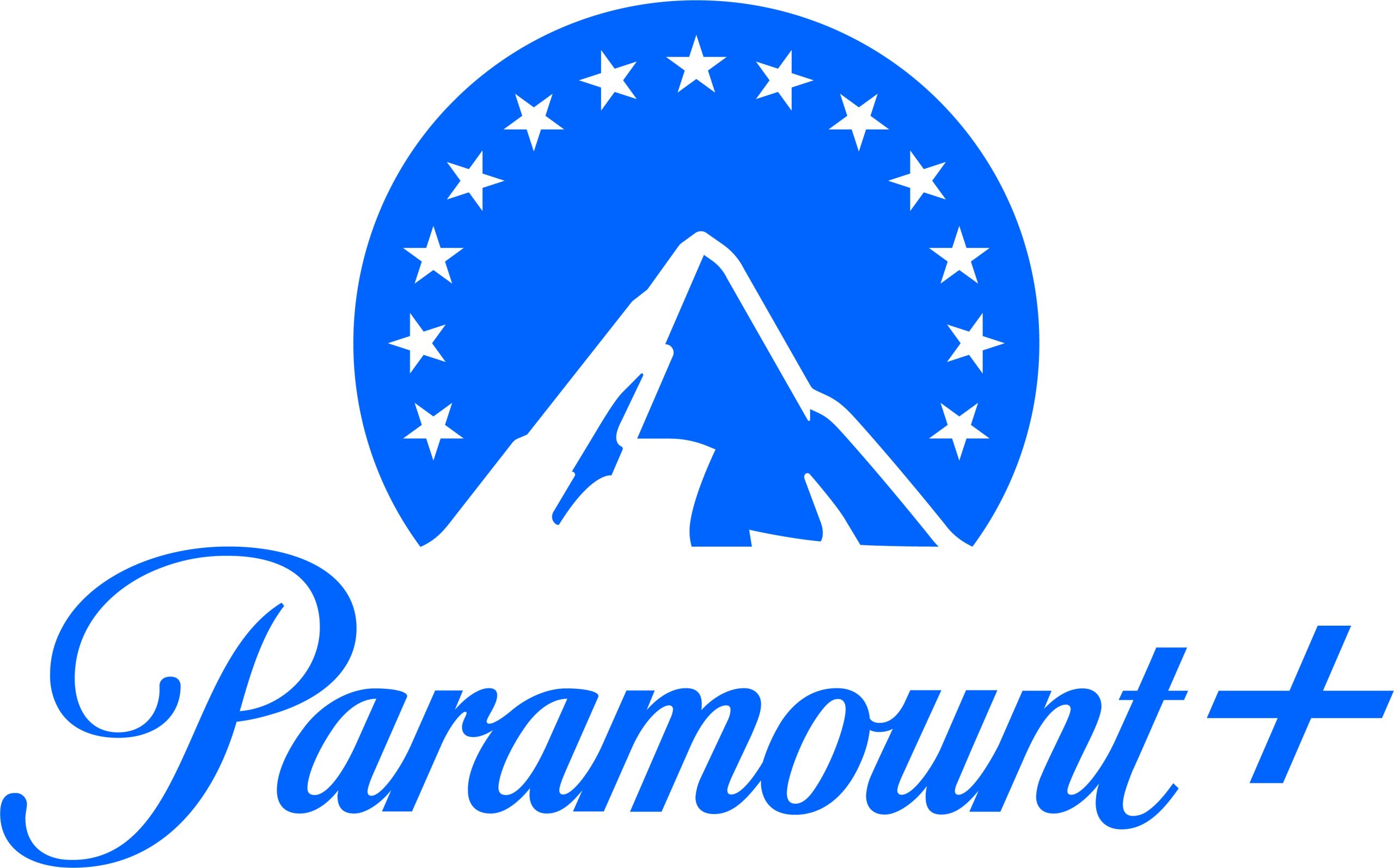
In Ben Hecht’s Theatre of Jewish Protest, Garrett Eisler focuses exclusively on Ben Hecht’s Jewish activism during the Holocaust and beyond.
Ben Hecht wrote numerous scripts and plays during his lifetime. He won two Oscars for Original Story and received four more Oscar nominations. Most famously, Hecht co-wrote The Front Page for Broadway with Charles MacArthur. The film was later remade as His Girl Friday. He wrote Scarface, Spellbound, Notorious, Wuthering Heights, and was brought on to rewrite the ending of Foreign Correspondent, and many more.
As the title suggests, this is not about his career in Hollywood but rather Ben Hecht’s theatre of Jewish protest. It’s not an area that’s received an in-depth examination. There are four particular Hecht plays that Eisler focuses on. If you were to attempt a revival today, chances are likely that it would not go well. This just speaks to how these plays were really written for the moment, let alone standing the test of time. You can read the texts for yourself in Ben Hecht’s Theatre of Jewish Protest. Eisler includes the text and production details of all four plays in the book’s appendix.
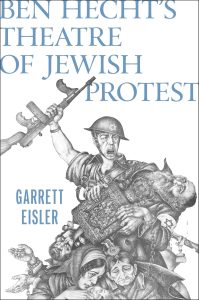
Ben Hecht was an antifascist and a progressive. His being a progressive is why he and Peter Bergson were quite the odd couple–my introduction to Bergson came by way of watching Richard Trank’s Against the Tide in 2022. Bergson came from the Revisionist Zionism line of thinking developed by Ze’ev Jabotinsky. Jabotinsky preferred a Jewish homeland on both sides of the Jordan River. It’s different from the practical Zionism or Labor Zionism views of David Ben-Gurion or Chaim Weizmann. Jabotinsky’s views influenced that of Menachem Begin and the right-wing Herut and later, Likud.
When We Will Never Die premiered in 1943, it was the “most significant exposure” of the Holocaust on the Broadway stage. Broadway shows had touched on the Nazi regime but “only occasionally and often obliquely.” Eisler notes that “the foregrounding of Jewish characters in the narrative was even rarer.” Film didn’t fare much better during this era.
“Much has been written by film historians about the frustrated efforts of screenwriters and producers to make anti-Nazi films in the face of cautious studio executives determined not to buck popular isolationist sentiment or to endanger German and European markets for their product.”
Film historian Thomas Doherty has written at length about this era in Hollywood and Hitler: 1933-1939. Chris Yogerst has similarly done the same by looking at a Senate investigation into warmongering in motion pictures in Hollywood Hates Hitler! There’s a question of why antisemitism didn’t get as much attention on stage or screen. Ben Hecht’s Theatre of Jewish Protest doesn’t shy away from this. Take a look at the Jewish representation of this era! There was “a declining visibility of Jewishness onstage in general.” Despite Jews thriving in the Broadway industry, playwrights weren’t really inserting Jewish identifying-characters into their scripts. What a shame.
Hecht was rather open about the disappearance of Jews from all aspects of the media. As far as he was concerned, the blame lay with the producers. I don’t think he’s wrong. It took the non-Jewish Darryl F. Zanuck to greenlight the first big movie about antisemitism, Gentleman’s Agreement. To say that Hecht lashed out at Jewish studio executives is not an understatement. Here’s an excerpt of what he wrote in 1944:
“The greatest single Jewish phenomenon in the last twenty years has been the almost complete disappearance of the Jew from American fiction, stage, radio and movies…Whereupon the two great media of mass entertainment appear, the movie and the radio–both dominated by Jews–and the Jew vanishes.”
It’s no wonder that Hecht’s most Jewish works came outside of Hollywood and Broadway establishments while working with Peter Bergson. The works in particular are the same four that Eisler examines in the book: We Will Never Die (1943), A Jewish Fairy Tale (1944), A Flag Is Born (1946), and The Terrorist (1947). As Hecht’s activism grew, he took a very anti-British turn. This isn’t surprising given how the British were controlling immigration to Mandatory Palestine. It was enough that Britain started boycotting his work and any Hollywood scripts would have to be written anonymously if he wanted to get paid. The boycott lasted into the early 1950s.
If not for the Holocaust, it’s probably unlikely that Hecht and Bergson would have ever partnered. But because of the Holocaust, they had every reason to work together. Otherwise, there would have been to need for “renegade Jewish nationalists from Palestine and a group of American show business celebrities politically active in the Popular Front” combine their forces. Make no mistake that Hecht was anti-fascist and he used his platform for intervention, be it on stage or in writing. Hecht started writing a column for PM, a progressive daily paper with an interventionist agenda, beginning in January 1941.
Hecht used his PM columns to advocate for Jews. His April 15, 1941 column, “My Tribe Is Called Israel,” managed to get Bergson’s attention. An interesting thing I learned about this time in Jewish history is that the Zionist Organization of America used to be liberal. Today, it’s seen as one of the more conservative Jewish organizations. One of the contributing factors to Hecht working with Bergson was how Hecht was impatient with the Jewish organizations of the day. They were rather cautious and reluctant in efforts to pressure public officials. Suffice it to say, Bergson singlehandedly changed Jewish activism in America.
When Bergson and Hecht first learned about European Jews being exterminated, they changed the focus of the Committee for a Jewish Army. They “vowed to raise public awareness and shock the American public as much as the news had shocked them.” This was where Hecht’s Hollywood connections really came in handy. With him on board, they were able to get major Hollywood talent on board, including Paul Muni, Edward G. Robinson, John Garfield, Moss Hart, and Kurt Weill. Hecht and Bergson worked “to change American perception of Jews as defenseless victims.”
Hecht had convened a meeting at George S. Kaufman’s home in January 1943. A dozen theatre artists were in attendance. After all, Jewish playwrights had a voice as much as anyone else did. Hecht “made an impassioned plea that they, as American Jews, use their status to make a significant intervention in the fate of the war.” Eisler includes excerpts from Hecht’s speech. Unfortunately, it was met with silence, walkouts, and hostility. In reading his plea and some of the reaction, I couldn’t help but think about how so many Jewish celebrities went silent after October 7. When actor-comedian Michael Rapoport is one of the biggest names you can find for the March for Israel, that’s a significant problem.
Their third collaboration, A Flag Is Born, was the first to follow the Holocaust. It made history in so many ways. Eisler writes:
“Not only was it the first Zionist play but, predating the dramatization of The Diary of Anne Frank by nine years, it was also the first Holocaust drama, addressing as it did the aftermath of World War II from the perspective of Jewish survivors.
When the play premiered, Marlon Brando starred as David, a young Jew exuding “the physical renewal promised by Zionism.” David is a character that refuses to accept Jewish suffering as a given. There comes a point in the play when he turns to the audience and asks them where were they during the Holocaust. It’s a sensitive–as Eisler notes, taboo–subject but it didn’t stop David from marching downstage and call out to the audience. It’s a particularly charged moment and I can hear Brando’s monologue–later, Sidney Lumet–coming through the page.
What a sight it would have been to have seen Paul Muni and Marlon Brando acting opposite each other. Muni was a precursor to John Garfield in as much as Garfield was a precursor to Brando. Brando’s casting doesn’t happen without Stella Adler being his mentor. Even though he wasn’t Jewish, he “took on the Zionist cause as his own.” On acting in the play, Brando later wrote, “I wanted to act in the play because of what we were beginning to learn about the true nature of the killing of the Jews and because of the empathy I felt for the Adlers.”
The bulk of Ben Hecht’s Theatre of Jewish Protest runs 123 pages. Eisler sets the tone by introducing Hecht and his career before meeting Bergson. Individual chapters are devoted to the four plays and their tours. A performance of We Will Never Die in the nation’s capital was invite-only and featured many political dignitaries. Did it make as much of a dent in hopes of intervention? Doubtful.
As for Bergson, in addition to the aforementioned documentary, there’s A Race Against Death by David S. Wyman and Rafael Medoff. Medoff also edited Millions of Jews to Rescue, a book about the Bergson Group’s efforts to rescue Jews during the Holocaust.
I haven’t read The Notorious Ben Hecht yet but the Julien Gorbach book is on my agenda for Jewish-American Heritage Month in May. In the meantime, filmmaker Aviva Kempner is currently in production on a documentary about the screenwriter/playwright. In fact, it’s through The Ciesla Foundation newsletter that I first became aware of this book! Between the 2019 biography, Kempner’s documentary, and Ben Hecht’s Theatre of Jewish Protest, Hecht is due to become better recognized for his work.
In Ben Hecht’s Theatre of Jewish Protest, Garrett Eisler places Hecht’s Holocaust and Zionist plays within the context of their time.
Ben Hecht’s Theatre of Jewish Protest is available in bookstores.
Please subscribe to Solzy on Buttondown and visit Dugout Dirt.

